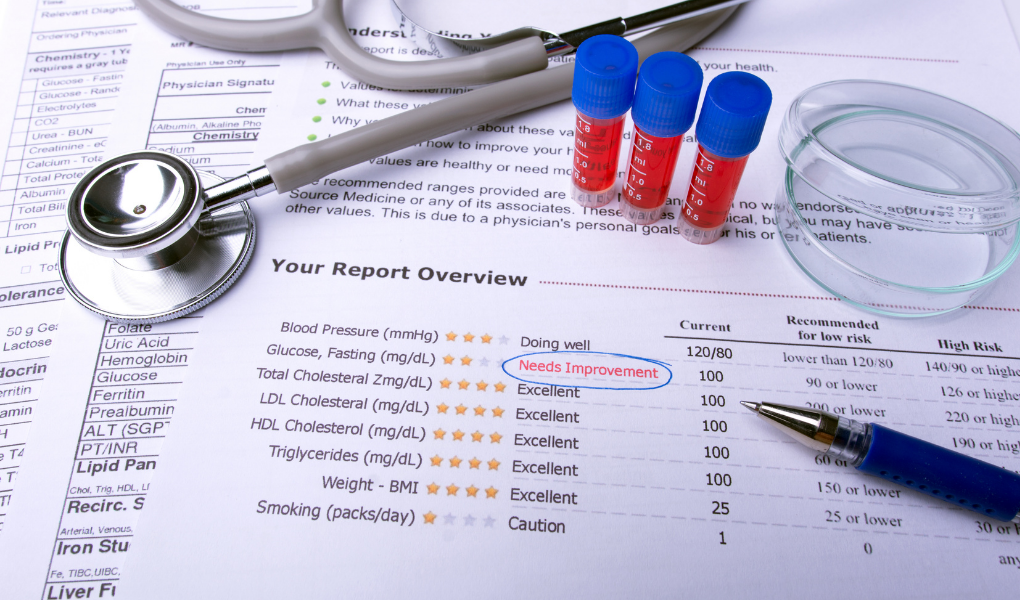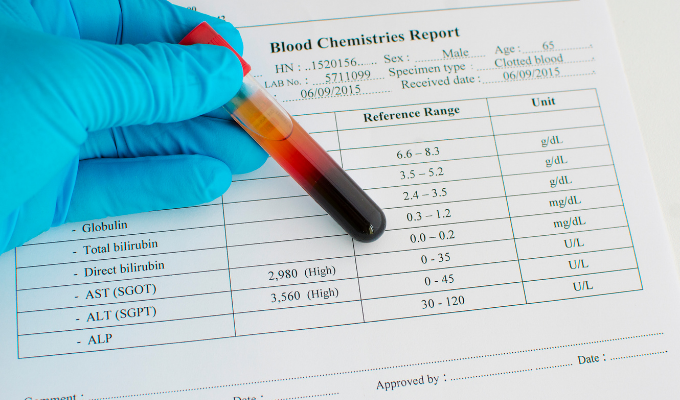What Is Prothrombin Time?
More Programs and Publications Featuring Dr. Kyle Riding
In this program:
Prothrombin time is a vital factor in blood clotting. Watch as medical laboratory scientist Dr. Kyle Riding explains the importance of prothrombin time, its function in the body, and how providers can help ensure a balance for the patient.
Transcript
Leo Hesse:
Now, some of us take blood thinners where clotting can be a cause for concern, what exactly is prothrombin time, also known as PT. And why is my healthcare team paying attention to this?
Dr. Kyle Riding:
That's a great question, but I need to start by talking about the term blood thinner. I know that a lot of physicians and general members of the public use the term blood thinner to describe a whole host of medications that are out there. However, I need to make something very clear that heparin, warfarin (Coumadin), or any of the new medications out there that we call blood thinners don't truly change the thickness or the thinness of the blood, so I always prefer the term, and it's a little fancy anticoagulant, meaning it's stopping blood clotting or coagulation from occurring inappropriately. I like that term, because I do believe that sometimes patients think their blood is actually thinned by blood thinners when that's truly not the case, but...moving on my own biases, I just want to mention that your liver is the site where almost all of the proteins that your blood uses to form a clot are made. So when we talked about the complete blood count, we spoke about platelets, those little tiny cell fragments that form that initial starts of a clot, but eventually we have a host of at least 13 different proteins that come along and form this little gelatinous glue in between the platelets we call it a fibrin clot, and it really is truly like a little jelly glue that that is built into the platelets and stops bleeding, and those 13 proteins that we call factors, a huge number of them come from your liver.
In fact, 12 of the 13 come solely from your liver, so when your liver is not working correctly, you may have a reduction in those blood clotting proteins, so a prothrombin time is actually is able to measure, hey, how effectively how quickly can this person form a blood clot? It's actually a time, we take the patient's plasma, the liquid portion of their blood, where all of those proteins are found, and we mix it with special reagents that are going to cause a clot to form, and we measure how long it takes for that clot to form in seconds, and that gives us the prothrombin time, the longer the time, the longer it takes to form a clot, and that usually means because you don't have enough of those clotting factors, those clotting proteins. So liver disease is one condition that can cause a reduction in those clotting proteins, but another is what you mentioned, Leo, it is really going to be related to the use of anticoagulants, and the anticoagulants go to your liver, these blood thinners, as we call go to your liver and stop your liver from making those proteins, and so we monitor you and make sure that we don't stop it too much from making those proteins...
You have a balancing act, we want to achieve here, you want a slow down at formation, but not stop an entire men to the point you bleed all over the place, pretty bad, so we have to monitor that with a test called the prothrombin time. The prothrombin time can be used in a mathematical equation to develop what's called an INR value, and that INR for a healthy individual who's not on blood thinners, more appropriately, anticoagulants should be a one, but if you're on coumadin (Warfarin), it should be around the two or three, all right? Some people at really high risk may need to go between a 2.5 and 3.5 on their INR, fortunately, there's a lot of new anticoagulants coming to market that don't require that level of lab monitoring, and you won't need the INR if you're on that drug anymore. But the prothrombin time still has an important place in the liver function testing, because the liver is so essential to blood clots forming.
The information on Diverse Health Hub is provided for educational purposes only, and is in no way intended to diagnose, cure, or treat any medical or other condition. Always seek the expert advice of your healthcare team.
Related Videos:































